
NM was found to have a stable disease course and the most common classification was typical congenital.

NM was found to have a stable disease course and the most common classification was typical congenital.

The AASM board of directors member and professor of medicine at UCLA also discussed the relative inefficacy of sleep hygiene therapy for insomnia.
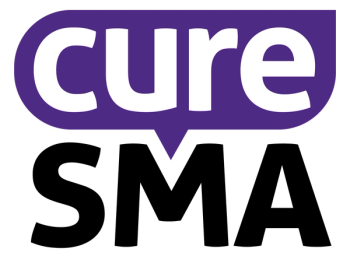
The webinars, for adults and children with SMA, were produced in conjunction with Biogen and the Luke 18:1 Foundation.


Hippocampal-sparing and limbic-predominant atrophy were also associated with incident dementia, with faster cognitive decline in the limbic predominant atrophy group.

The Evelyn F. McKnight Neurocognitive Scholar at the University of Miami Miller School of Medicine detailed his study on the correlations between sleep and cognitive decline in middle-aged Hispanics.

New technology enables the collection and analysis of speech behaviors, but this requires an extensive database, which the ADDF seeks to help develop.
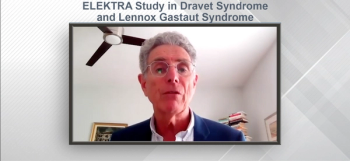

The calculation of fVPA based on this equation resulted in a misinterpretation in 40% of measurements with around 75% of them overestimating the actual measured fVPA.

The director of the Mid-Atlantic Epilepsy and Sleep Center discussed his team’s investigations into predicting responders and adverse events.

Including these agents for developmental and epileptic encephalopathies, the relatively young company has 5 programs under development to target rare neurological disorders.
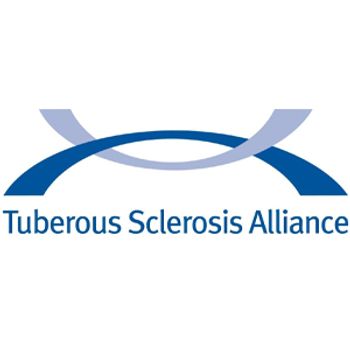
A look into the numerous education series upcoming in 2021 by the Tuberous Sclerosis Alliance
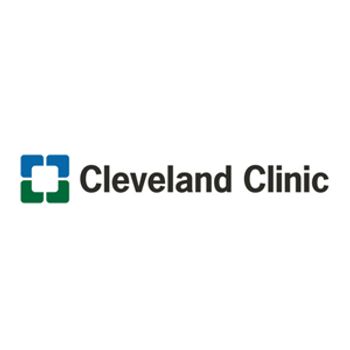
New NIH-funded study tests home-based intervention in high-risk group.

Having a blood test available could help eliminate wait time in the emergency room and could reduce the number of unnecessary CT scans by up to 40%, according to Abbott, the test’s developer.

Further associations with lowered risk of Parkinson were observed with BMI and coffee intake.

The director of the Montefiore Headache Center discussed how his team’s findings can change the way physicians think about treating migraine.

People who were genetically predisposed to smoking behaviors were at a 63% greater risk for subarachnoid hemorrhage.


The findings showed that 64% of EEG education programs did not utilize objective measures to assess EEG milestones.







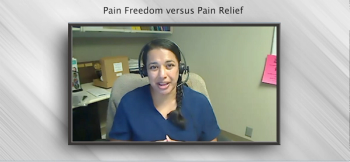



Here's what is coming soon to NeurologyLive.